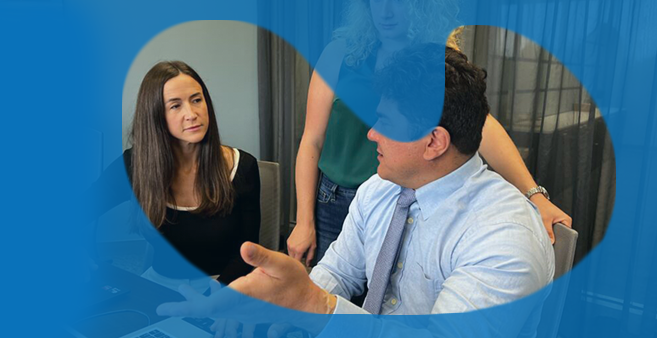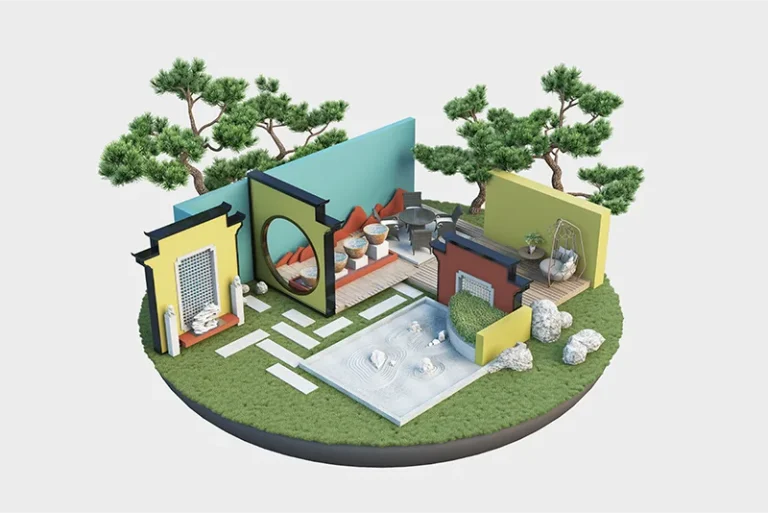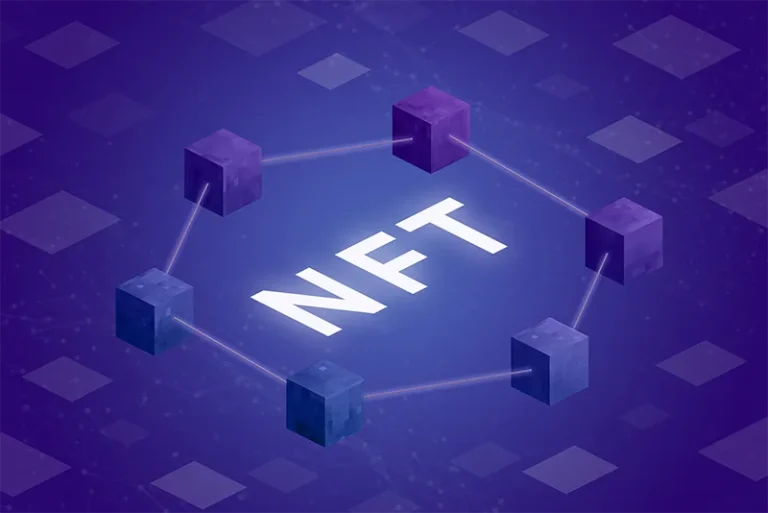
T7X Team
14 December, 2024
As blockchain technology advances, the tokenization of real-world assets (RWAs) is emerging as a pivotal development, reshaping traditional finance, investment opportunities, and asset management. By converting physical assets into digital tokens on a blockchain, tokenization democratizes access to high-value assets, improves liquidity, and enables fractional ownership. The implications of this trend go far beyond the financial sector, with the potential to transform industries as diverse as real estate, art, and supply chain management. Below, we examine the future of RWA tokenization, its impact on the blockchain economy, and the trends likely to drive its growth.
1. Increasing Access to High-Value Assets and Investment Opportunities
Tokenization democratizes access to asset classes traditionally reserved for high-net-worth individuals and institutional investors. By breaking assets into fractional tokens, everyday investors can buy portions of high-value assets, such as real estate, fine art, or even private equity stakes, with a lower entry cost. This trend toward inclusivity is expected to grow as regulatory frameworks evolve to support tokenized assets in mainstream markets.
In the future, we can expect more platforms to emerge that cater to retail investors seeking diverse asset exposure. Tokenization could become a popular method for accessing alternative assets, traditionally considered illiquid and inaccessible to most investors. As asset classes become more accessible, wealth distribution may become more equitable, with more people able to build diversified portfolios that include high-value or income-producing assets.
2. Enhancing Liquidity in Traditional Markets
One of the key benefits of RWA tokenization is the potential to bring liquidity to traditionally illiquid assets. Assets like real estate or fine art can take months, even years, to sell, but tokenization can create a secondary market where fractional shares are traded more easily. In the future, we may see these tokenized markets gain popularity, providing investors with enhanced liquidity options across a broader array of assets.
Blockchain-powered secondary markets for tokenized assets can also improve pricing transparency. By establishing marketplaces where tokenized assets are actively traded, investors gain real-time insights into asset values, enhancing price discovery and making it easier to identify investment opportunities. As liquidity increases and markets become more transparent, we are likely to see greater stability and efficiency in asset valuation and trading.
3. Disrupting Traditional Asset Management and Ownership Models
Blockchain-powered tokenization challenges traditional asset management models by decentralizing control and providing new revenue streams for asset owners. Instead of relying on large institutional managers, asset owners can use tokenization to raise capital directly from retail or institutional investors through token sales. This model bypasses intermediaries, which can reduce costs and improve efficiency for both asset owners and investors.
Future advances in decentralized finance (DeFi) could integrate with RWA tokenization to offer more complex financial products, such as tokenized loans, insurance, and asset-backed lending. Tokenization and DeFi integration could lead to a robust decentralized financial ecosystem where ownership rights, loans, and asset-backed products can all be managed through smart contracts, reducing administrative burdens and increasing transparency.
4. Improving Transparency and Security in Asset Ownership
Tokenization offers an immutable record of asset ownership on the blockchain, reducing the risk of fraud, disputes, or tampering. Each transaction is recorded on a decentralized ledger, providing transparency and building trust in the system. This feature is particularly useful in markets with a history of fraudulent transactions or poor record-keeping, such as art or real estate.
With the blockchain economy expanding, transparent ownership tracking could become the norm across various industries, making tokenized assets safer and easier to verify. Smart contracts add an additional layer of security by automating transactions based on predefined conditions. As tokenization standards and best practices emerge, smart contracts will likely evolve to include more complex conditions, enhancing security and legal compliance in asset transfers.
5. Supporting New Business Models and Revenue Streams
Tokenization can enable new business models, such as fractional ownership rental models, where token holders of an asset (like a luxury property) can earn revenue when it’s rented out. Income from tokenized assets can be distributed automatically through smart contracts, streamlining revenue sharing and making it easier for asset owners to manage large pools of investors.
In sectors like intellectual property, tokenization opens up new ways to monetize digital or creative assets. For example, musicians, writers, and artists can tokenize royalties, allowing investors to purchase rights to future income streams from creative works. As this business model becomes more popular, it’s likely to give rise to entire marketplaces where creative works and royalties are traded as tokenized assets, expanding the blockchain economy into cultural and creative industries.
6. Driving Global Standards and Regulatory Innovation
As the demand for tokenized assets grows, regulatory bodies around the world will need to create frameworks that address the unique aspects of tokenized assets. Unlike traditional assets, tokenized assets can be traded globally, which raises complex regulatory questions regarding jurisdiction, investor rights, and taxation.
In the near future, we are likely to see international cooperation to establish standards for tokenized assets, particularly in cross-border transactions. Organizations like the International Organization of Securities Commissions (IOSCO) or the Financial Action Task Force (FATF) may create guidelines for tokenized assets, paving the way for international recognition and broader adoption. With greater regulatory clarity, institutional adoption of tokenized assets may accelerate, integrating blockchain technology further into the global financial system.
7. Integrating with Emerging Technologies
The tokenization of RWAs can work synergistically with other emerging technologies such as artificial intelligence (AI), the Internet of Things (IoT), and virtual reality (VR). For instance, IoT sensors can provide real-time data on physical assets, which can be recorded on the blockchain to verify asset condition or usage. AI can be used to assess asset values and detect potential fraud, enhancing the security and reliability of tokenized asset transactions.
These integrations will likely accelerate in the future, making tokenization even more efficient and expanding the blockchain economy. Imagine, for example, a VR-enabled marketplace where potential investors can view and evaluate tokenized real estate properties from anywhere in the world. Such innovations would bring RWAs to an even larger audience, driving interest and investment in tokenized assets.
8. Challenges and Risks for the Future of Tokenization
Despite its potential, tokenization of RWAs is not without challenges. The technical complexity, regulatory uncertainty, and market volatility of tokenized assets can deter both investors and issuers. Security risks associated with blockchain technology, including vulnerabilities in smart contracts and private key management, remain pressing issues. Additionally, tokenized assets often depend on third-party custodians or intermediaries to manage and verify assets, which can reintroduce the risks of centralization and create potential points of failure.
The success of RWA tokenization will largely depend on addressing these challenges. Improved regulatory standards, technical innovations, and increased investor education will all be essential to building trust in tokenized assets and ensuring that they are safe, accessible, and reliable.
Conclusion
As explored above, the future of RWA tokenization will be defined by broader access, always‑on liquidity, and programmable ownership. By fractionalizing high‑value assets and settling on transparent ledgers, markets become more inclusive and price discovery improves. The next wave will pair tokenized assets with DeFi rails, standards, and real‑time data—unlocking secondary markets, automated cash flows, and interoperable products that traditional rails struggle to support.
Real progress still depends on clear regulation, secure smart‑contract tooling, and responsible market design. If those foundations continue to mature, tokenization will shift from pilots to production at scale—modernizing how capital is raised, how assets are managed, and how investors participate. In short, RWAs are poised to become a core pillar of the blockchain economy, connecting real‑world value to digital markets with more transparency, efficiency, and choice.
Search here
Related post
Category
Let's Build the Future Together.




